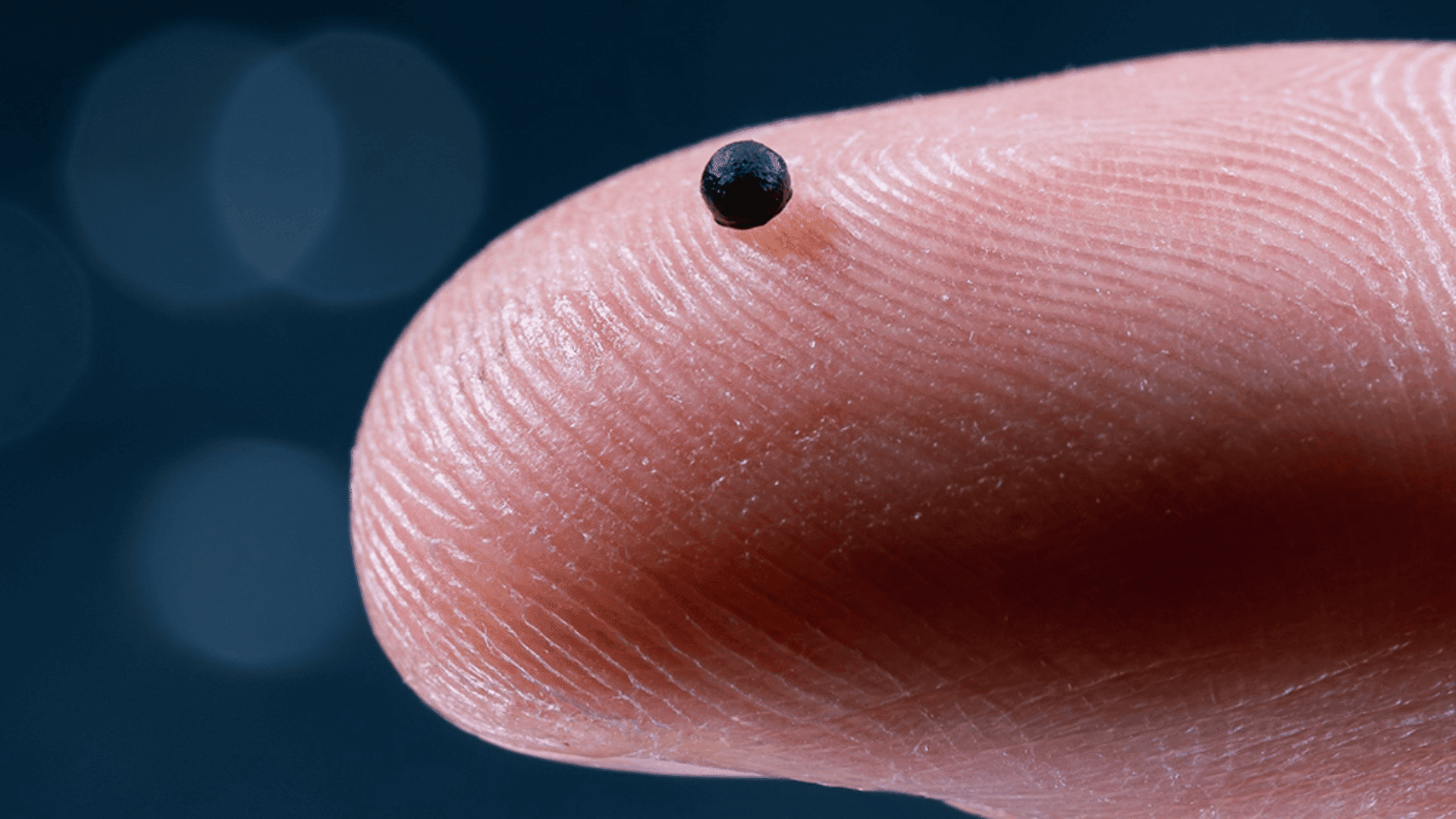Life-saving stroke treatments require high drug doses to ensure an adequate amount reaches the target. However, this approach raises the risk of severe side effects, including internal bleeding. Medical science has long sought a new way to deliver drugs more efficiently to where they are needed.
A team of researchers from ETH Zurich believes they have found the answer with sophisticated, magnetically guided microrobots.
Microrobots for Targeted Drug Delivery

Researchers developed a spherical capsule small enough to navigate the brain’s tiny vessels. To achieve a delicate balance of size and functionality, the researchers incorporated iron oxide nanoparticles for magnetic steerability and tantalum nanoparticles for X-ray tracking. Fabian Landers, the lead author of the paper, noted that a major challenge was making the capsule small enough while holding sufficient magnetic properties.
ETH Professor Bradley Nelson echoed that statement, saying, “Combining magnetic functionality, imaging visibility and precise control in a single microrobot required perfect synergy between materials science and robotics engineering, which has taken us many years to successfully achieve.”
Once the microrobot is loaded with medicine, such as a thrombus-dissolving agent for stroke treatment, it is injected via a specialized catheter. A crucial component is the modular electromagnetic navigation system. According to researchers, this steers the microrobot in the right direction. Due to the high and variable speed of blood flow, researchers combined three magnetic strategies.
- Rolling the capsule along a vessel wall.
- Using a strong magnetic gradient to pull the capsule against the current.
- In-flow technique to catch the current at vessel junctions.
An integrated approach like this grants doctors effective control. As a result, it successfully delivered the drug to the correct area in over 95% of tested cases. Once a high-frequency magnetic field heats the nanoparticle, the capsule’s gel shell dissolves and releases the medication.
Researchers and scientists conducted the tests in highly realistic patient-specific silicone vessel models. Now, the innovation is being used in medical training.
Beyond thrombosis, researchers say the technology holds promise for localized treatment of infections and tumors.


